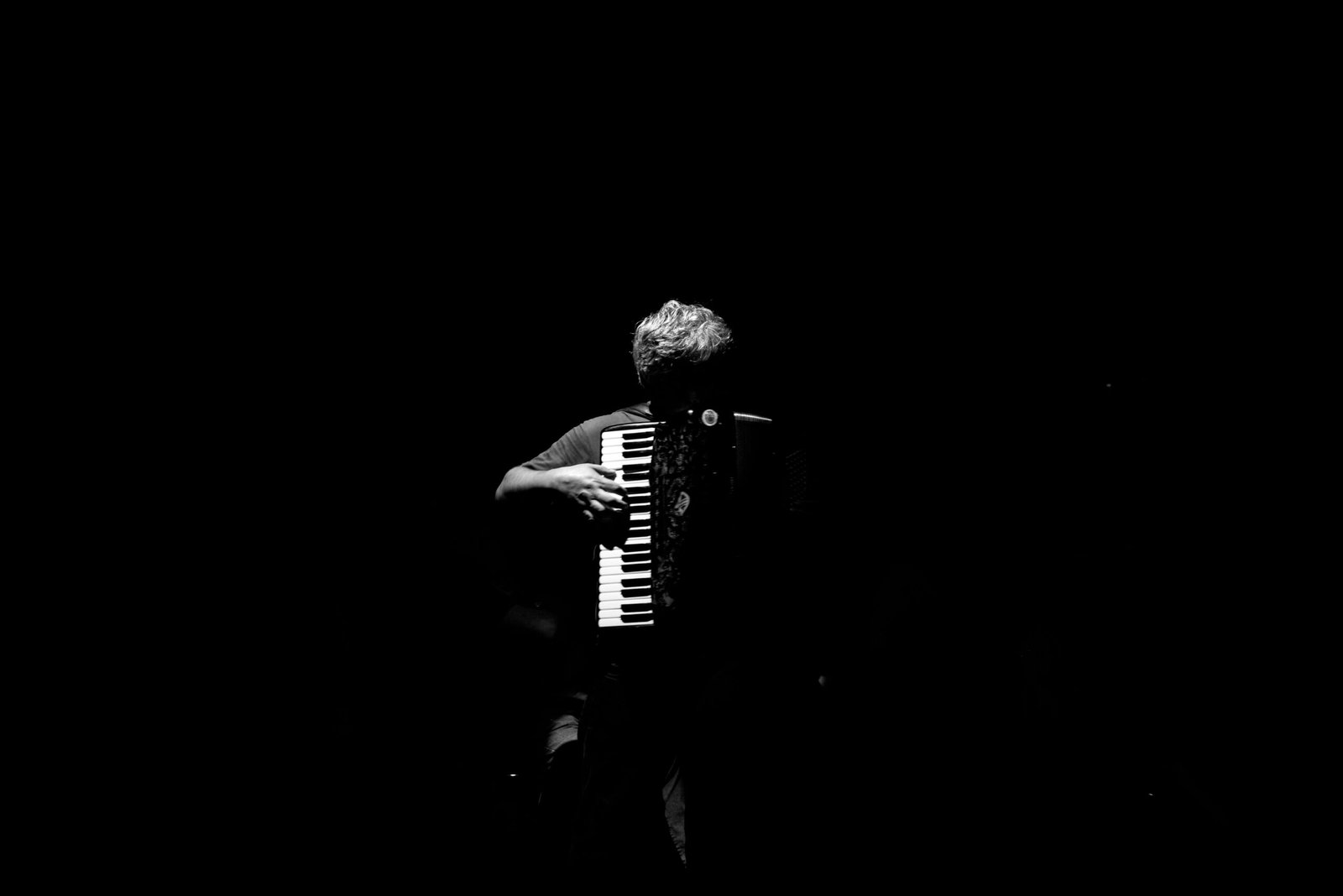The History of the Accordion and Its Derivatives
Music has always been a universal language that transcends boundaries and brings people together. One instrument that has played a significant role in this is the accordion. With its unique sound and versatility, the accordion has captured the hearts of musicians and listeners alike for centuries. In this article, we will explore the fascinating history of the accordion and its derivatives, including the bandoneon.
The Birth of the Accordion
The accordion, as we know it today, was invented in the early 19th century by Christian Friedrich Ludwig Buschmann, a German instrument maker. However, the concept of a free-reed instrument, which is the basis for the accordion, can be traced back even further. Ancient Chinese and Greek civilizations had similar instruments that used free reeds to produce sound.
Buschmann’s invention consisted of a wooden box with a series of metal reeds and a bellows. By pressing the keys, the player could control the airflow and produce different notes. This innovative design allowed for a wide range of musical expression and quickly gained popularity.
The Spread of the Accordion
After its invention, the accordion spread rapidly across Europe and the rest of the world. It found its way into various genres of music, from folk to classical, and even made appearances in popular music. The instrument’s portability and versatility made it a favorite among musicians who wanted to add a unique sound to their compositions.
One of the key contributors to the accordion’s popularity was the Italian musician Paolo Soprani. In the late 19th century, Soprani established his accordion factory, which became renowned for producing high-quality instruments. His accordions were not only well-crafted but also beautifully decorated, making them highly sought after by musicians around the world.
The Birth of the Bandoneon
While the accordion was gaining popularity in Europe, a derivative instrument called the bandoneon was being developed in Germany. The bandoneon was specifically designed to suit the needs of tango musicians in Argentina. It was smaller than the traditional accordion and had a unique sound that perfectly complemented the passionate and melancholic nature of tango music.
The bandoneon was invented by Heinrich Band, a German instrument maker, in the mid-19th century. It quickly became the instrument of choice for tango musicians and played a vital role in shaping the genre. The bandoneon’s distinct sound and expressive capabilities allowed musicians to convey the emotions of tango in a way that no other instrument could.
Modern Accordion and Bandoneon
Today, the accordion and bandoneon continue to be beloved instruments in various musical traditions. They have evolved over time, with advancements in technology and design. Modern accordions are available in different sizes and configurations, catering to the diverse needs of musicians.
The bandoneon, on the other hand, remains closely associated with tango music. It is still used by tango musicians worldwide, who appreciate its unique sound and ability to capture the essence of the genre. The bandoneon has also found its way into other musical genres, adding a touch of nostalgia and emotion to the compositions.
In Conclusion
The accordion and its derivatives, such as the bandoneon, have a rich and fascinating history. From their humble beginnings to their widespread popularity, these instruments have left an indelible mark on the world of music. Whether it’s the lively melodies of a polka or the passionate rhythms of tango, the accordion and bandoneon continue to captivate audiences with their unique sound and expressive capabilities.
So, the next time you hear the soulful notes of an accordion or the haunting melodies of a bandoneon, take a moment to appreciate the history and artistry behind these remarkable instruments.
NOTE: Text generated with AI support

